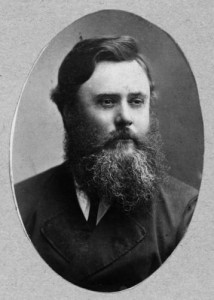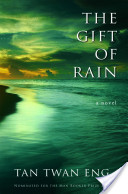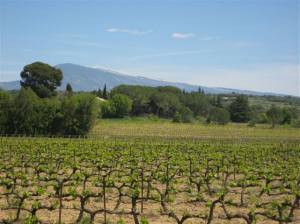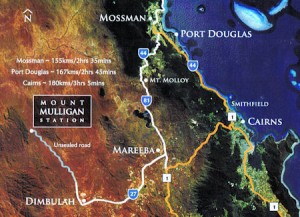What follows is a modified extract from the introduction to my PhD thesis.
Let no one say the past is dead.
The past is all about us and within.
Haunted by tribal memories, I know
This little now, this accidental present
Is not the all of me, whose long making
Is so much of the past.
Oodgeroo Noonuccal — ‘The Past’, in The Dawn is at Hand: Poems by Kath Walker 1966
The fiction begins where my research can’t find or verify any more facts.
James Alexander Thom — The Art and Craft of Writing Historical Fiction 2010
I first became interested in Tom Petrie while studying for my undergraduate degree at the University of Queensland. Research for one of my courses led me to Tom Petrie’s Reminiscences of Early Queensland (hereafter referred to as Reminiscences), written by his daughter Constance and published in 1904. I was fascinated by Tom’s life in the fledgling colony at Moreton Bay, which was home to some of the worst convicts in Australia, an isolated outpost surrounded by thick bush inhabited by Indigenous people.
As a writer and researcher, I had to ask myself what my motivations were for writing this particular narrative. I think Tom Petrie’s story is an important part of Queensland’s history and I want to make it accessible to a wider audience than that reached by Reminiscences. Through Turrwan (“great man” in the Turrbal language), I would like to give readers an opportunity to become more aware of Queensland’s Indigenous heritage as well as that of its white population. Like most writers, I hope my book will be widely read by the general public and perhaps also used as an educational tool in the classroom.
The Petrie family played an important part in the development of south-east Queensland. Tom’s father Andrew was the superintendent of works for the penal colony, the first free settler and a major builder in the new town, while Tom’s elder brother John became the first mayor of Brisbane in 1859. Tom himself acted as guide, messenger, interpreter, explorer, timber cutter and surveyor for the white settlement, and established Murrumba in the North Pine area where the town of Petrie was later named after him.
The history of Australian colonisation and the treatment of the original inhabitants of the country remain points of contention often bitterly debated, as in the so-called “history wars.” Historians such as Keith Windschuttle and Henry Reynolds defend opposing positions regarding, in particular, the massacres perpetrated by the whites, either denying (Windschuttle) or acknowledging (Reynolds) the events. My work attempts to go beyond the bare facts of the conflict by letting the characters and events tell the story. Kate Grenville, in her comments about her book, The Secret River, expresses how I see my own work:
It stands outside that polarised conflict and says look, this is a problem we really need, as a nation, we need to come to grips with. The historians are doing their thing, but let me as a novelist come to it in a different way, which is the way of empathising and imaginative understanding of those difficult events.
Turrwan is timely as increasing numbers of Queenslanders want to learn about our state’s past. The large audience at the panel discussion, “Does Heritage have a Future?” at the State Library of Queensland on the 24th October 2012, was a measure of the thirst Queenslanders and all Australians have for our heritage.


 land of Penang off the western coast of the Malayan peninsular in the years preceding and through World War Two and the Japanese invasion. Philip Hutton’s family on his father’s side has been an institution on the island since the early days of settlement by the English, while his mother is the estranged daughter of a wealthy Chinese family. Philip is 16 when war breaks out. Apart from his friendship with a Chinese boy his age and the ever-increasing intimacy of his relationship with his Japanese sensei who teaches him Aikido, he had always been a loner, not quite fitting in with either side of his family, his difference too obvious. In Philip’s words:
land of Penang off the western coast of the Malayan peninsular in the years preceding and through World War Two and the Japanese invasion. Philip Hutton’s family on his father’s side has been an institution on the island since the early days of settlement by the English, while his mother is the estranged daughter of a wealthy Chinese family. Philip is 16 when war breaks out. Apart from his friendship with a Chinese boy his age and the ever-increasing intimacy of his relationship with his Japanese sensei who teaches him Aikido, he had always been a loner, not quite fitting in with either side of his family, his difference too obvious. In Philip’s words:
